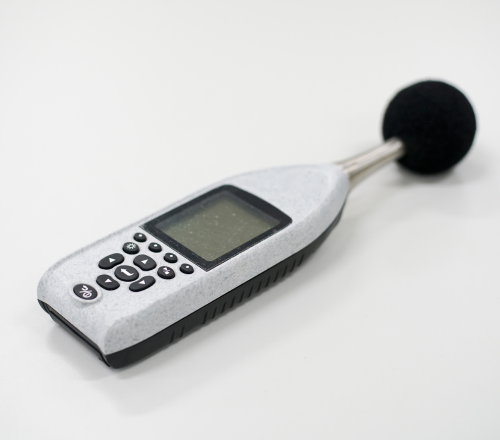A brief history of noise regulations
As of June 23, 2023, the Regulation on Occupational Health and Safety (RSST) mandates that workers' noise exposure must not exceed 85 dBA during an 8-hour work shift, with a halving factor of 3 dBA*. However, regulatory efforts to address noise exposure have a much longer history.
In 1936, the first occupational health and safety law, known as the Walsh-Healey Act, was enacted in the United States. Although innovative, this legislation had a limited scope and did not specifically address noise exposure. It wasn't until 1949 that the first regulation limiting noise exposure was introduced by the US Air Force, setting noise exposure limits based on different job roles. It was only in 1969, with an amendment to the Walsh-Healey Act, that the first noise exposure limit was established, set at 90 dBA for an 8-hour duration, with a halving factor of 5 dBA. Over the years, several amendments have clarified the requirements for hearing protection and hearing conservation programs.
Regarding the situation in Quebec, it wasn't until 1962 that deafness was officially recognized as an occupational disease, following an amendment to the Workers' Compensation Act. It took another decade, until 1972, for the Act on Industrial and Commercial Establishments to be enacted, which set a daily noise exposure limit of 90 dBA with a halving factor of 5 dB, similar to the United States. Although this law underwent several name changes—becoming the Regulation on Workplace Quality in 1979 and later the Regulation on Occupational Health and Safety in 2011—no significant changes to noise exposure limits were made until the adoption of Bill 59 in 2021, which modernized the occupational health and safety regime.
Therefore, the development of noise regulations reflects a growing awareness of workplace health issues!
* A halving factor indicates the sound level at which the exposure time must be cut in half. For instance, a halving factor of 3 dBA means that with every 3 dBA increase in sound level, the exposure time should be halved. Therefore, while the Regulation on Occupational Health and Safety (RSST) permits exposure to 85 dBA for 8 hours, an increase of 3 dBA to 88 dBA would reduce the exposure time to 4 hours.
Subscribe by email
You May Also Like
Related Posts

Why set up a hearing loss prevention program?

